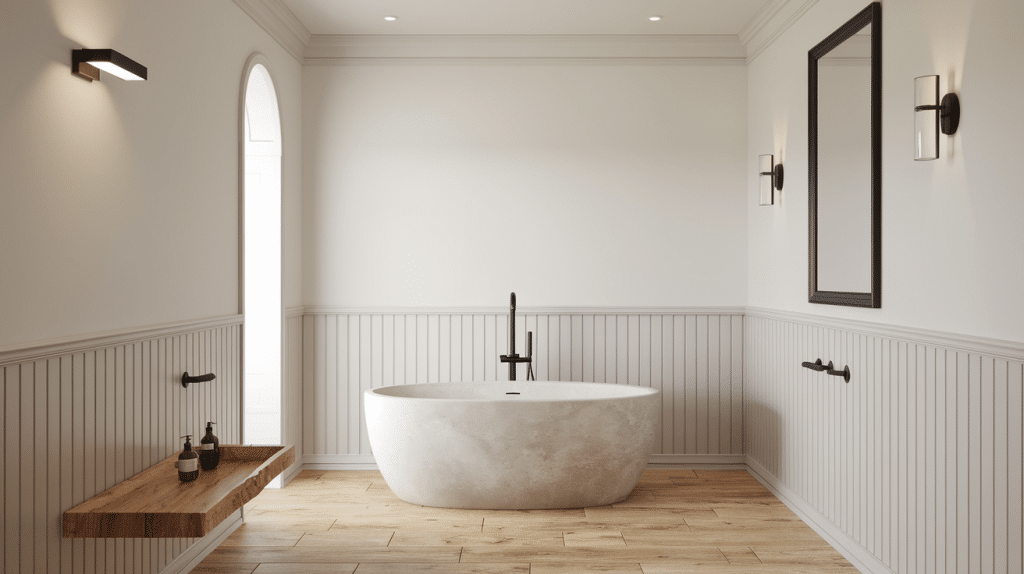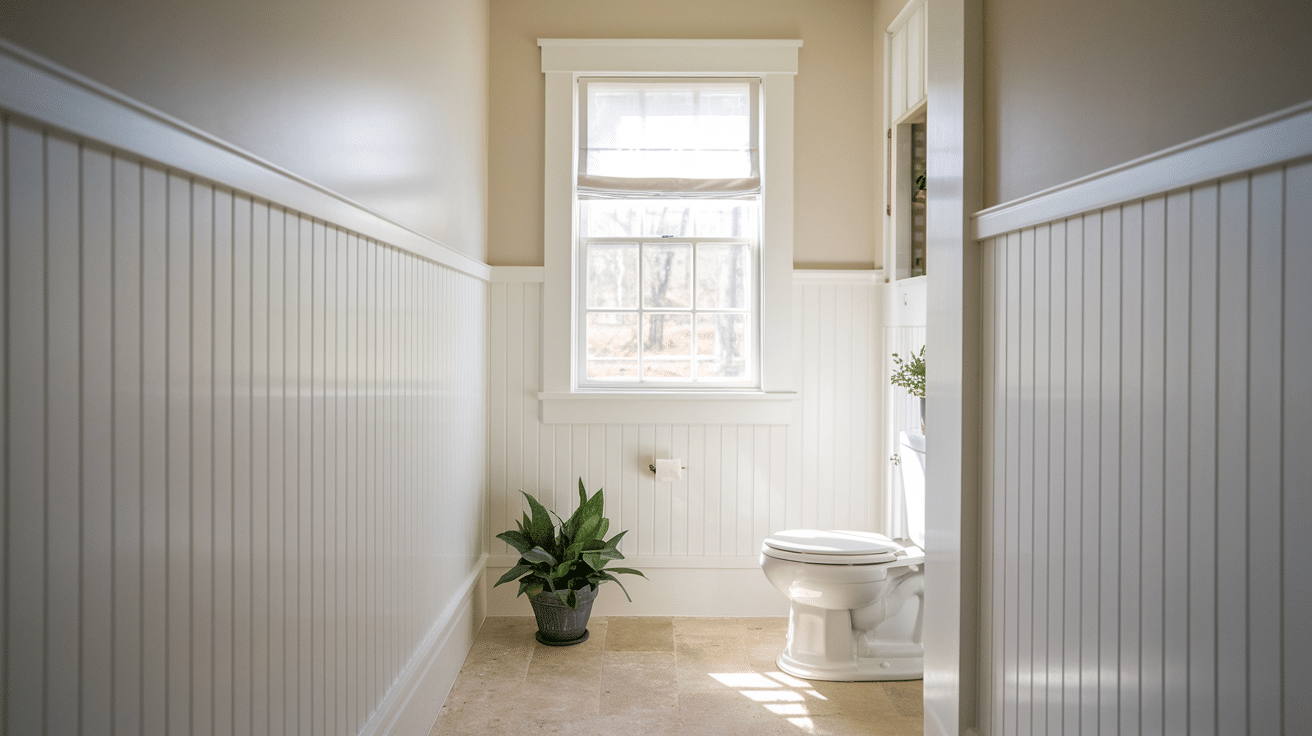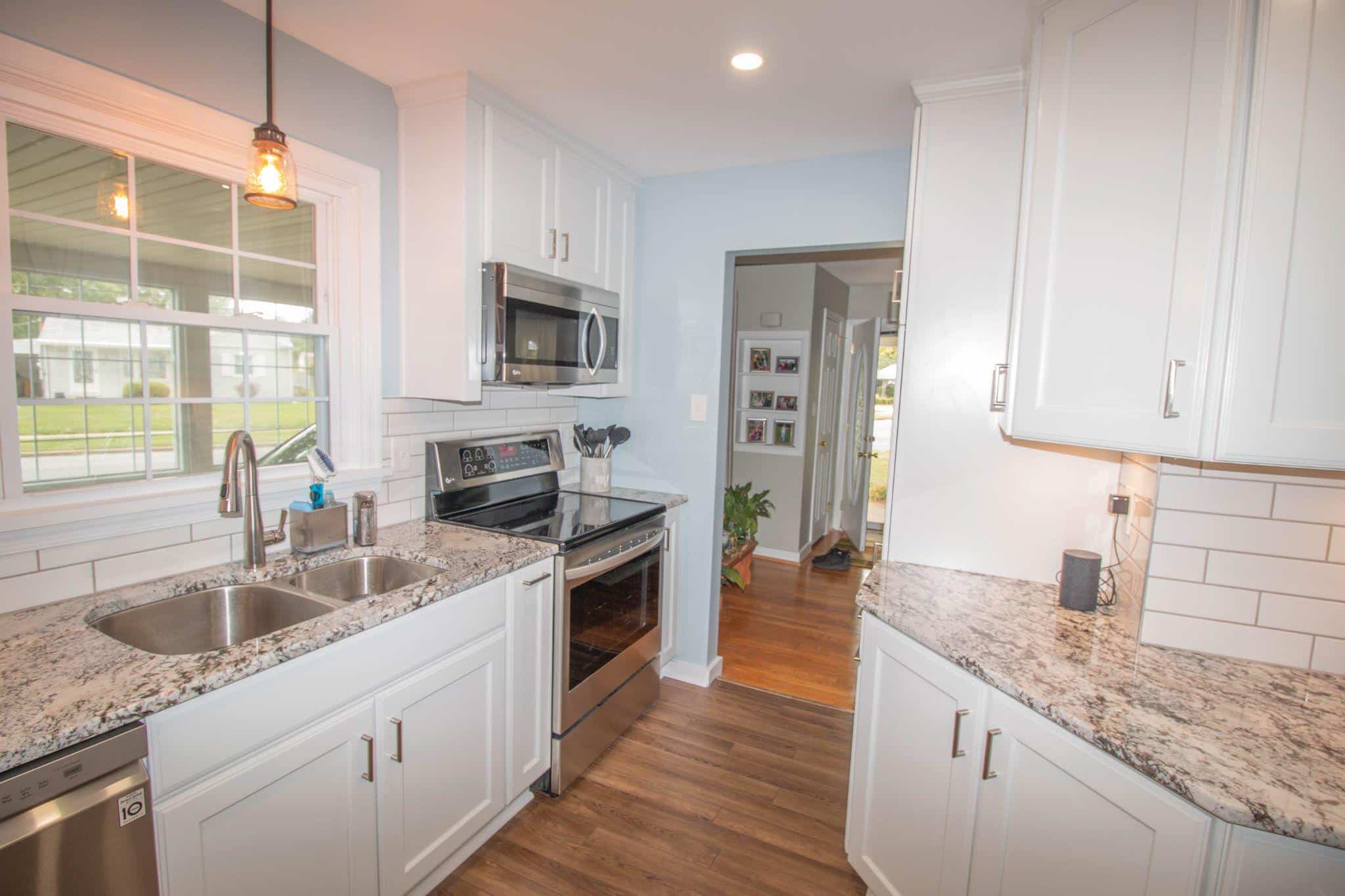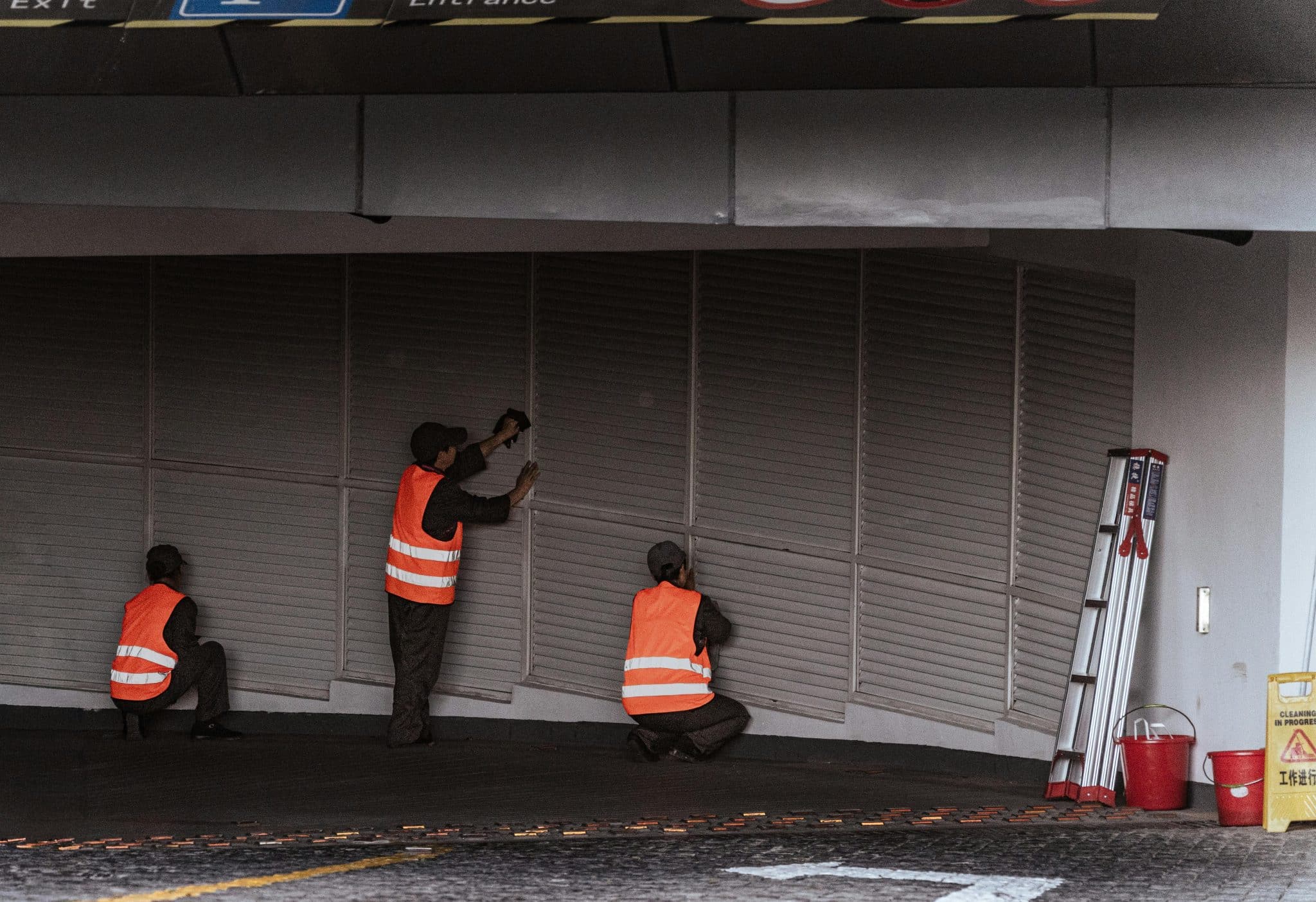I’m excited to share my latest home improvement project: a board-and-batten wall that won’t break your budget.
After trying different methods and materials, I’ve found the most affordable way to create this classic look.
As a DIY enthusiast who loves making homes beautiful without spending much money, I can tell you this project is worth your time.
The board-and-batten style fits any space, from small bathrooms to main living areas. You’ll need a weekend and basic tools to transform your plain walls.
Even a beginner can handle this project with patience and attention to detail. I’ve used this method several times, and it gets easier each time.
Let me show you how to create a professionally designed wall at a fraction of the cost.
Materials You’ll Need
| Category | Items | Notes | Estimated Cost |
|---|---|---|---|
| Tools Required | • Miter saw | Primary cutting tool | $200-300 |
| • Measuring tape | For accurate measurements | $10-15 | |
| • Level | Ensures straight installation | $20-25 | |
| • Nail gun | For secure attachment | $100-150 | |
| • Sanding block | Smooths rough edges | $5-10 | |
| • Pencil | For marking cuts | $1 | |
| • Safety glasses | Required protection | $10-15 | |
| Wood Materials | • Furring strips (1×2) | Base installation layer | $1.48/8ft strip |
| • Common boards (1×6) | For baseboards | $8-12/Board | |
| • Quarter round trim | Finishes edges | $5-8/8ft piece | |
| • Wood filler | Covers nail holes | $10-15/container | |
| Wall Materials | • Joint compound | Surface Preparation | $15-20/tub |
| • Tile sponge | For cleanup | $3-5 | |
| • Plastic spatulas | Compound application | $5-8/set | |
| • Nails | Various sizes needed | $8-10/box | |
| • Paint | Project finish | $25-35/gallon | |
| Optional Items | • Additional trim | Extra design elements | Varies |
| • Caulk | Seals gaps | $5-8/tube | |
| • Fine-grit sandpaper | Final smoothing | $5-10/pack | |
| • Drop cloth | Floor protection | $10-15 |
Step-By-Step Installation Guide of Board and Batten Bathroom
1. Wall Preparation
First, tackle those old baseboards – carefully remove them to avoid wall damage. I noticed my walls had that common orange peel texture.
Here’s what worked for me: I bought an $8 tub of joint compound. While some folks might tell you to sand, I found a better way. Dampen a simple tile sponge and gently smooth the compound.
This method saved my arms from all that sanding work! The key is patience – let each layer dry before adding more. Working in small sections, I used about half the tub for my bathroom.
Take your time here – smooth walls make the final project look like a million bucks.
2. Baseboard Installation
Let’s start with the foundation – those 1×6 common boards. Here’s a money-saving tip: I chose common boards over the pricier select pine.
First, measure your wall length carefully. I like to write down all measurements before making any cuts. For corners, you’ll need 45-degree angles – this might take practice, and that’s okay! I made several test cuts on scrap pieces first.
My secret for a professional look is to sand those sharp edges into gentle curves. Keep your level close. I check after every few nails to ensure everything stays straight. A crooked baseboard can throw off your whole project.
3. Horizontal Board Placement
This part gets interesting! Most people ask me about height placement. After trying different heights, I found that two-thirds up the wall looks best in most rooms.
Cut your furring strip to match the width of your wall. Here’s a tip: cut it shorter to allow for house settling.
I added a special touch that makes a big difference: a trim piece on the horizontal board. It creates a subtle shelf detail that beautifully catches the light.
Use your level constantly here – this board sets the foundation for all your vertical pieces.
4. Vertical Board Installation
Planning makes perfect in this step. Start by marking all your board locations. I begin in the corners and work inward.
Here’s my method: measure the total wall width, subtract the width of your boards, and divide by the number of spaces you want.
Sound complex? I use a calculator and write everything down. Cut your first board, test fit it, and then use it as a template for others. A perfect fit means snug between a baseboard and the horizontal piece with no gaps.
Check each board with your level twice – once before nailing and once after. I learned this hard when one tilted board threw off my whole design.
5. Adding Final Trim
The finishing touches bring it all together. Start with a quarter-round trim at the floor – it covers tiny gaps and makes everything look intentional.
I have a special method for nail holes: apply wood filler, but immediately wipe the area with a slightly damp cloth, leaving the filler only in the holes.
This will save you a lot of time sanding later. Inspect all your board joints—a small bead of caulk in any gaps makes them disappear. Give everything one final cleaning with a damp cloth to remove dust or fingerprints.
Now you’re ready for paint, and trust me, when you see that first coat go on, you’ll be amazed at how professional it looks.
Video Tutorial
Check out this video for a detailed video on How to Create a Board and Batten Bathroom on Budget by Hand Gathered Home:
Tips for a Professional Finish

1. Sanding Techniques
Start with 80-120 grit sandpaper on your furring strips. I learned to focus on the edges first—round them slightly for a softer look. Work along the grain of the wood, never against it.
Next, sand each board’s face in steady, even strokes. Watch for rough spots and knots that need extra attention. Sanding before installation saves time and effort.
Remember, good sanding creates the base for a smooth finish.
2. Filling Gaps and Holes
Here’s my time-saving trick with wood filler: Apply it to nail holes and wipe off the excess immediately. Don’t wait—cleaning wet filler is easier than sanding dry filler.
Most seams between boards will disappear under paint, but larger gaps need attention. After filling, I clean areas with a damp cloth.
Let everything dry completely before proceeding. Look for gaps at corners and joints—these will be most prominent in the final finish.
3. Painting Recommendations
Let me share what I’ve learned about painting these walls. Start with a good primer coat. Paint all edges first, then fill in larger areas.
Use steady, overlapping strokes. One trick I discovered is to paint the recessed areas first, then the board faces. This prevents drips and creates clean lines.
Two coats usually give the best coverage. Let each coat dry fully. Take your time around corners and edges—rushing here shows in the final look.
Conclusion
Creating a board-and-batten wall changed how I saw my space. The whole project cost just $55. This simple update adds value to any room.
The best part? It gets easier each time you do it. My first attempt wasn’t perfect, but now I can finish a room in one weekend.
Keep your furring strips straight, your measurements double-checked, and your patience handy. The small details – like sanding edges and filling holes – make the biggest difference.
Remember, paint hides most tiny mistakes, so don’t stress about perfection.
I hope sharing my experience helps you tackle this project in your home. With basic tools and careful planning, you can create a wall that looks professionally done.
Trust me – when guests ask who did your walls, you’ll feel proud, saying, “I did it myself!”








